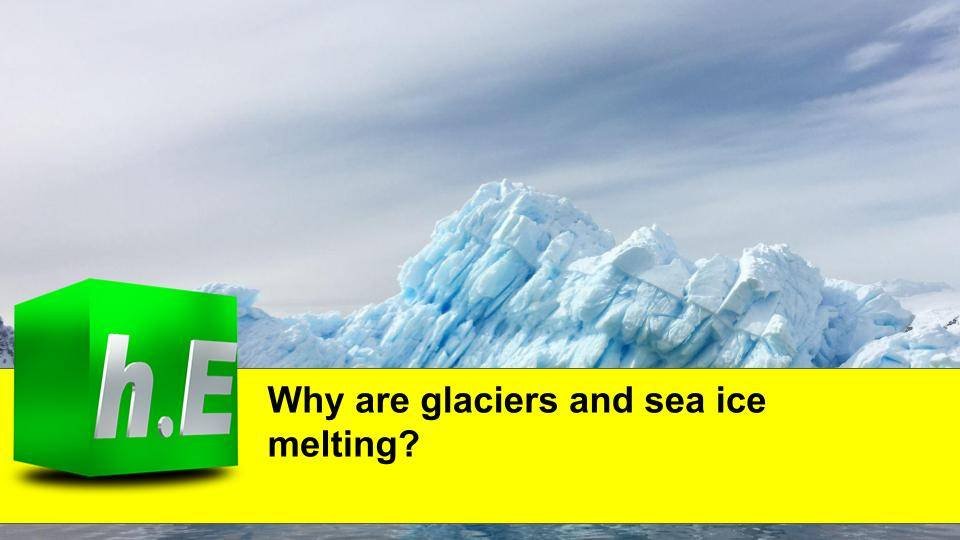Ice acts like a protective cover over the Earth and our oceans. These bright white spots reflect excess heat back into space and keep the planet cooler. In theory, the Arctic remains colder than the equator because more of the heat from the sun is reflected off the ice, back into space.
Glaciers around the world can range from ice that is several hundred to several thousand years old and provide a scientific record of how climate has changed over time. Through their study, we gain valuable information about the extent to which the planet is rapidly warming. They provide scientists a record of how climate has changed over time.
TROUBLE AT THE SOUTH POLE
Striking new research published last week in Nature Geoscience has once again raised the alarm about Antarctic melting and the ocean’s growing influence. An ambitious mapping project demonstrates that glaciers all around the Antarctic coastline, and particularly in West Antarctica, are retreating inland (Climatewire, April 4).
Scientists already generally agree that glacier retreat in Antarctica is largely being driven by warm water seeping underneath the ice—the process has been demonstrated by multiple studies in the last few years. As the ice melts, the point where it attaches to the bedrock at the bottom of the ocean (commonly known as the “grounding line”) recedes inland, which can cause the glaciers to become less stable and lose more ice over time.
EFFECTS OF MELTING GLACIERS
In the aforementioned study, the University of Zurich revealed that glacial melting has accelerated over the last three decades. This loss of ice has already reached 335 billion tonnes per year, which is 30% of the current rate of ocean growth. The main consequences of deglaciation are:
Sea level rise
Glacial melting has contributed to raising sea levels by 2.7 centimeters since 1961. Furthermore, the world’s glaciers contain enough ice — about 170,000 cubic kilometres — to raise sea levels by nearly half a metre.

Impact on the climate
Glacial thawing at the poles is slowing the oceanic currents, a phenomenon related to altering the global climate and a succession of increasingly extreme weather events throughout the globe.
Disappearance of species
Glacial melting will also cause the extinction of numerous species, as glaciers are the natural habitat of a number of animals, both terrestrial and aquatic.
Less fresh water
The disappearance of glaciers also means less water for consumption by the population, a lower hydroelectric energy generation capacity, and less water available for irrigation.
Solutions to avoid meeting glaciers
Glaciologists believe that, despite the massive ice loss, we do still have time to save the glaciers from their predicted disappearance. Here are some ideas and proposals for how we can help achieve this goal:
Stop climate change
In order to curtail climate change and save the glaciers, it is indispensable that global CO2 emissions be reduced by 45 % over the next decade, and that they fall to zero after 2050.
Slow down their erosion
The scientific journal Nature suggested building a 100-metre-long dam in front of the Jakobshavn glacier (Greenland), the worst affected by Arctic melting, to contain its erosion.
Combine artificial icebergs
Indonesian architect Faris Rajak Kotahatuhaha won an award for his project Refreeze the Arctic, which consists of collecting water from melted glaciers, desalinating it, and refreezing it to create large hexagonal ice blocks. Thanks to their shape, these icebergs could then be combined to create frozen masses.
We have always emphasized the importance of having a good website for your company because it can act as your best tool for marketing and sales. A poorly designed website can repulse people from your business and can cause you to lose customers before you even have them. Get in touch with HyperEffects to work on creating, enhancing, and making the website of your company more user-friendly.

